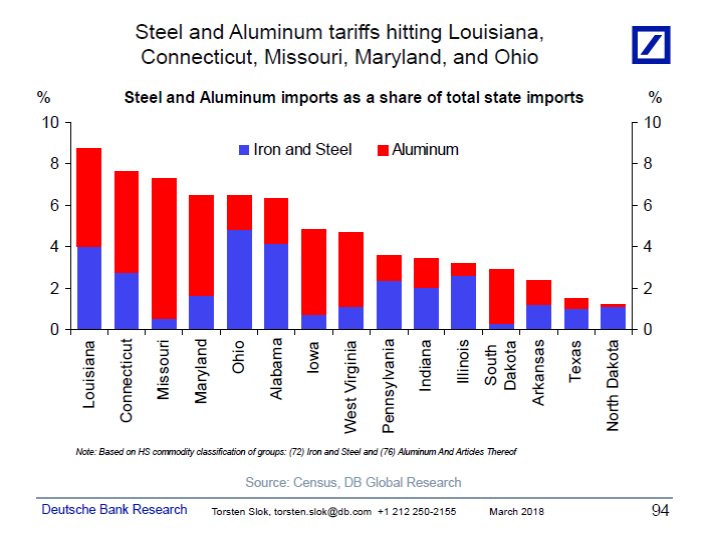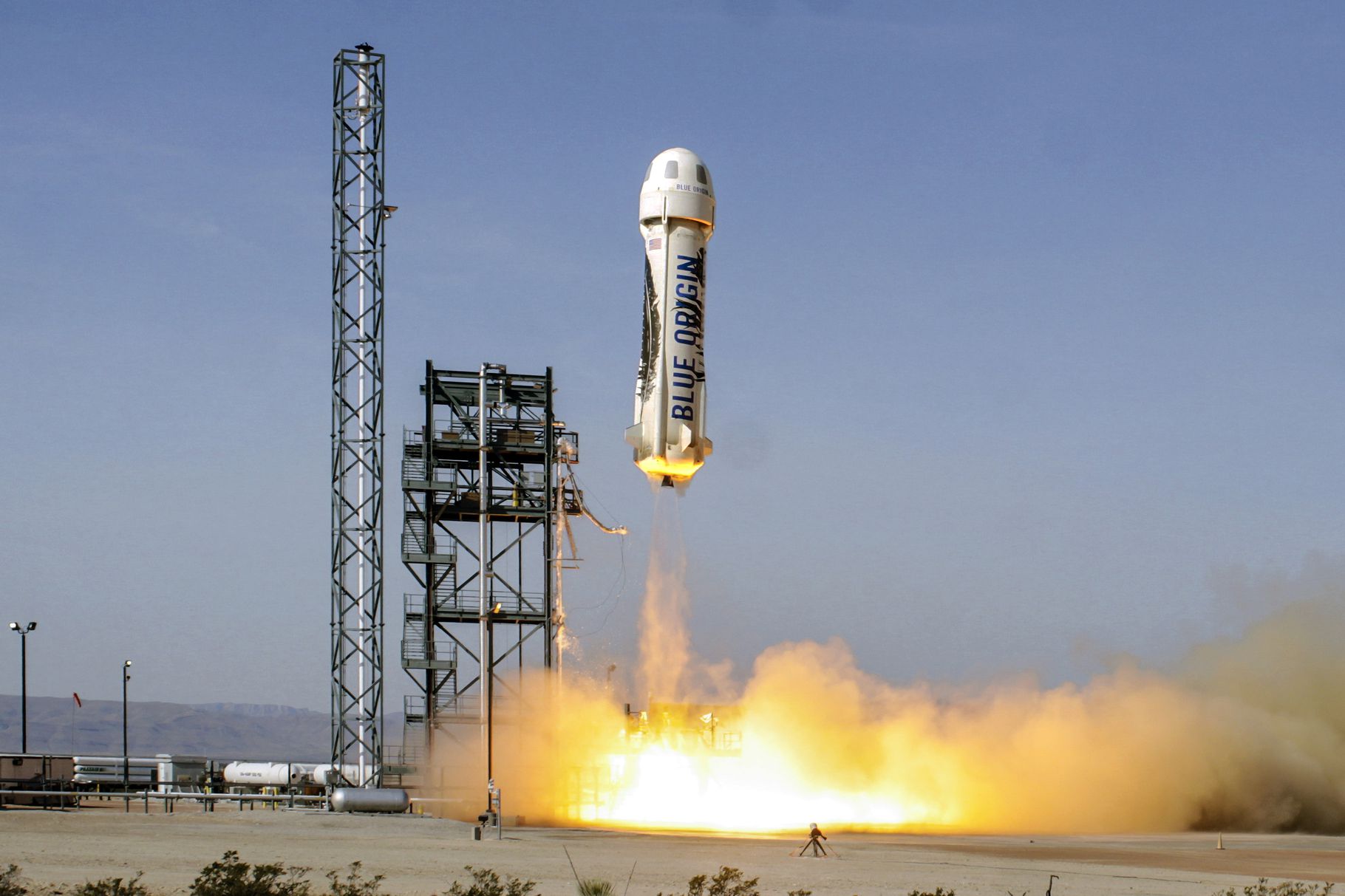Navigating The Chinese Market: The Case Of BMW And Porsche

Table of Contents
Understanding the Unique Characteristics of the Chinese Market
The Chinese market is unlike any other. Success requires a deep understanding of its unique characteristics, encompassing consumer behavior, regulatory frameworks, and a fiercely competitive landscape.
Consumer Preferences and Buying Habits
Chinese consumers, particularly in the luxury automotive sector, are discerning and sophisticated.
- Affluent Younger Consumers: A significant portion of the luxury car market consists of young, affluent professionals. This demographic is highly digitally engaged and values brand prestige.
- Brand Image is Paramount: Luxury brands command significant respect and loyalty. Maintaining a strong brand image is crucial for success in the Chinese market.
- Technological Advancements: Chinese consumers are early adopters of new technologies. Features such as advanced driver-assistance systems (ADAS) and electric powertrains are highly desirable.
- After-Sales Service is Key: Exceptional after-sales service and customer support are critical to building long-term customer loyalty. Addressing potential issues promptly and efficiently is essential.
- Online Presence is Non-Negotiable: A robust online presence, including e-commerce capabilities and strong social media engagement, is indispensable. Digital marketing is crucial for reaching target demographics.
- Growing EV Adoption: The Chinese government is actively promoting electric vehicles, creating significant opportunities and challenges for automotive manufacturers.
Regulatory Landscape and Government Policies
The regulatory landscape in China is complex and constantly evolving.
- Import Regulations and Tariffs: Navigating import regulations and tariffs requires careful planning and compliance. Understanding the intricacies of these regulations is vital.
- Stringent Environmental Standards: China has stringent environmental regulations and emission standards. Meeting these requirements is non-negotiable for operating within the market.
- Government Influence: Government policies significantly impact the automotive industry. Keeping abreast of these policies is crucial for strategic planning.
- Joint Ventures and Partnerships: Joint ventures and local partnerships can be advantageous for navigating regulatory hurdles and accessing local expertise. They are often a necessary element for success.
Competitive Landscape and Market Saturation
The Chinese automotive market is highly competitive, with both domestic and international brands vying for market share.
- Intense Competition: Competition is fierce, requiring innovative strategies for differentiation and brand building.
- Rise of Domestic Automakers: Chinese domestic automakers are rapidly gaining market share, posing a significant challenge to established international brands.
- Differentiation Strategies: Developing unique selling propositions and employing effective branding strategies are crucial for standing out in a crowded marketplace.
BMW's Approach to the Chinese Market
BMW has established a strong presence in China through a multifaceted strategy.
Localized Production and Partnerships
BMW has invested heavily in local manufacturing plants and joint ventures in China, enabling localized production and reduced import costs. This allows them to cater to specific market demands efficiently.
Targeted Marketing and Branding
BMW's marketing campaigns in China are carefully tailored to resonate with local consumer preferences, emphasizing luxury, innovation, and technological advancement.
Digital Engagement and Customer Service
BMW maintains a strong online presence and provides exceptional customer service, leveraging digital channels to engage with customers and address their needs effectively. This approach is critical in a digitally driven market.
Successes and Challenges
BMW has experienced significant success in China but faces ongoing challenges, including intense competition and evolving consumer preferences. Adapting to these challenges is a continuous process.
Porsche's Strategy in the Chinese Market
Porsche focuses on maintaining its premium brand image while adapting to the unique aspects of the Chinese market.
Premium Positioning and Brand Exclusivity
Porsche meticulously safeguards its brand exclusivity and premium positioning, appealing to affluent consumers seeking prestige and high-quality vehicles.
Emphasis on Experiential Marketing
Porsche engages Chinese consumers through exclusive events and experiences, fostering brand loyalty and creating a strong emotional connection.
Electric Vehicle Strategy
Porsche is actively pursuing the growing EV market in China, investing in electric vehicle technology and offering compelling EV models tailored to Chinese consumer preferences.
Successes and Challenges
Porsche has also seen considerable success in the Chinese market, but faces ongoing challenges related to the rising popularity of domestic brands and the evolving regulatory landscape.
Key Takeaways and Best Practices for Entering the Chinese Market
Based on the experiences of BMW and Porsche, several key takeaways emerge for companies aiming to penetrate the Chinese market:
- Cultural Understanding: A deep understanding of Chinese culture, values, and consumer preferences is paramount.
- Market Adaptation: Products and marketing strategies must be adapted to suit the specific needs and preferences of the Chinese market.
- Local Partnerships: Local partnerships and manufacturing capabilities can significantly enhance efficiency and market penetration.
- Digital Engagement: A robust digital marketing strategy and strong online presence are critical for success.
- Long-Term Commitment: Entering the Chinese market requires a long-term commitment and strategic planning.
Conclusion
Successfully navigating the Chinese market requires a deep understanding of its complexities and a carefully tailored strategy. Both BMW and Porsche, while employing different approaches, demonstrate the potential for success through localization, targeted marketing, and a strong commitment to the Chinese consumer. By learning from their experiences, businesses can better prepare themselves for the unique challenges and immense opportunities presented by this dynamic and crucial Chinese market. Ready to explore your own strategy for entering the lucrative Chinese market? Begin your research today!

Featured Posts
-
 Trumps First 100 Days The Impact On A Rural School 2700 Miles From Washington D C
Apr 26, 2025
Trumps First 100 Days The Impact On A Rural School 2700 Miles From Washington D C
Apr 26, 2025 -
 New Business Hotspots Across The Country A Comprehensive Map And Analysis
Apr 26, 2025
New Business Hotspots Across The Country A Comprehensive Map And Analysis
Apr 26, 2025 -
 Stock Market Analysis Dow Futures Chinas Economic Policies And Tariff Impacts
Apr 26, 2025
Stock Market Analysis Dow Futures Chinas Economic Policies And Tariff Impacts
Apr 26, 2025 -
 Trump Supporter Sues Fox News The Ray Epps Defamation Case And Its Implications
Apr 26, 2025
Trump Supporter Sues Fox News The Ray Epps Defamation Case And Its Implications
Apr 26, 2025 -
 Blue Origins New Shepard Launch Delayed Subsystem Malfunction
Apr 26, 2025
Blue Origins New Shepard Launch Delayed Subsystem Malfunction
Apr 26, 2025
